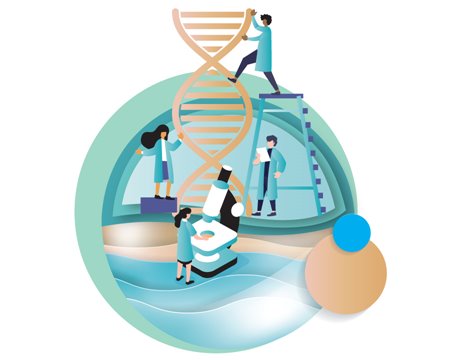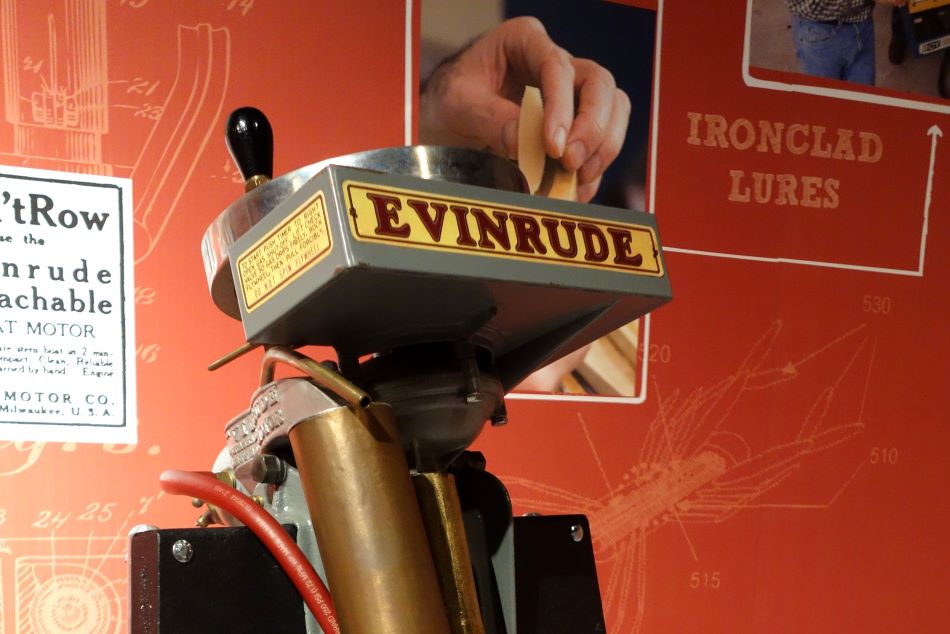Bioengineering Blog: Physics-based Simulation Helps Train Machine-Learning Systems
Bioengineering Blog: Physics-based Simulation Helps Train Machine-Learning Systems


Understanding the tradeoffs between different approaches to training will become more important.
Artificial Intelligence and machine learning have brought powerful sets of tools to bear on many real-world problems in recent years. From self-driving cars to more efficient power grids, engineers have been leveraging AI and ML in many industries and bioengineering is no different. Diagnostic tools to help radiologists identify cancer or cloud-connected stethoscopes that identify problematic irregularities are both examples of how machine learning can be used in incredibly useful ways in today’s healthcare environment.
Traditionally, a machine-learning application in medical devices would access to a large enough set of data that part of it can be used to train the system though supervised learning and the other part of the data set can be used to test the accuracy of the algorithm. Depending on the complexity of the problem to be solved this could mean hundreds of thousands if not millions of individual data points to get the algorithm to the accuracy level needed.
Editor's Pick: Bioengineering Blog: Computational Modeling’s Place in Medical Device Testing
This need for large amounts of data can be problematic when you rely on clinical data to train your machine learning system. Clinical data is spread across multiple hospital systems, is often in different forms, and may not even be digitally accessible. Running clinical trials to get the needed information is out of the question because of the years it would add to a development project as well as the exorbitant cost associated with an effort of that size.
Physics-based simulation can be used to supplement a clinical data set with virtual patients, or even real-world patient and virtual procedures when imaging data of actual patients are used. Once imported and segmented, the patient data can be used for hundreds of iterations, where the simulated clinical data is generated for a variety of device settings or positions or the tissue properties are varied across the expected range of healthy and diseased tissue.
Reader's Choice: Bioengineering Blog: Simulation at the Crossroads of Engineering and Biology
Using this approach, simulation can pretrain the machine learning algorithm, providing the base needed to bridge the gap to any existing clinical data. This has advantages over other methods of artificially expanding data sets, as the physics basis for the simulations helps to ensure realistic scenarios are being used in the training and not just random “noise” that has been inserted into the inputs and outputs of the training sets.
As we see machine learning algorithms appear in more and more medical devices, understanding the tradeoffs between the different approaches to training will become ever more important for the engineers responsible for their performance. The promise of AI and machine learning is massive, and these algorithms will touch every aspect of our lives, but algorithms are only as good as their training. That training deserves to be the focus as we move forward with the technology in healthcare, increasing access and driving down costs, but also doing so safely and effectively.
Arlen Ward, Ph.D., P.E., is a principal modeling and simulation engineer with System Insight Engineering LLC, a medical device simulation consultancy.
Opinions expressed are the author’s and do not necessarily reflect the views of ASME.
Traditionally, a machine-learning application in medical devices would access to a large enough set of data that part of it can be used to train the system though supervised learning and the other part of the data set can be used to test the accuracy of the algorithm. Depending on the complexity of the problem to be solved this could mean hundreds of thousands if not millions of individual data points to get the algorithm to the accuracy level needed.
Editor's Pick: Bioengineering Blog: Computational Modeling’s Place in Medical Device Testing
This need for large amounts of data can be problematic when you rely on clinical data to train your machine learning system. Clinical data is spread across multiple hospital systems, is often in different forms, and may not even be digitally accessible. Running clinical trials to get the needed information is out of the question because of the years it would add to a development project as well as the exorbitant cost associated with an effort of that size.
Physics-based simulation can be used to supplement a clinical data set with virtual patients, or even real-world patient and virtual procedures when imaging data of actual patients are used. Once imported and segmented, the patient data can be used for hundreds of iterations, where the simulated clinical data is generated for a variety of device settings or positions or the tissue properties are varied across the expected range of healthy and diseased tissue.
Reader's Choice: Bioengineering Blog: Simulation at the Crossroads of Engineering and Biology
Using this approach, simulation can pretrain the machine learning algorithm, providing the base needed to bridge the gap to any existing clinical data. This has advantages over other methods of artificially expanding data sets, as the physics basis for the simulations helps to ensure realistic scenarios are being used in the training and not just random “noise” that has been inserted into the inputs and outputs of the training sets.
As we see machine learning algorithms appear in more and more medical devices, understanding the tradeoffs between the different approaches to training will become ever more important for the engineers responsible for their performance. The promise of AI and machine learning is massive, and these algorithms will touch every aspect of our lives, but algorithms are only as good as their training. That training deserves to be the focus as we move forward with the technology in healthcare, increasing access and driving down costs, but also doing so safely and effectively.
Arlen Ward, Ph.D., P.E., is a principal modeling and simulation engineer with System Insight Engineering LLC, a medical device simulation consultancy.
Opinions expressed are the author’s and do not necessarily reflect the views of ASME.



